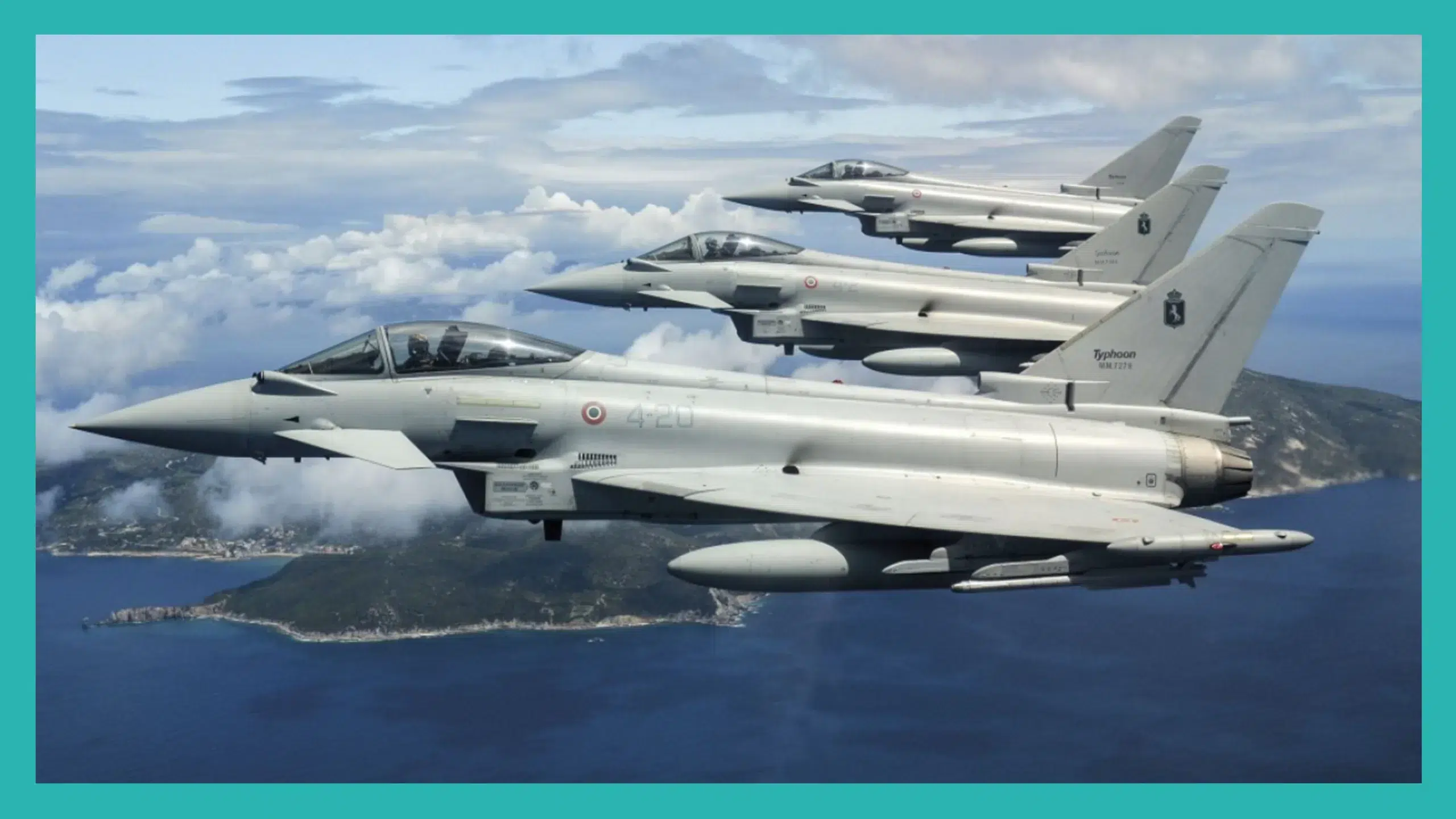1534Views

Colombia Selects JAS-39E/F Gripen for Fighter Modernization Needs
Colombia has officially chosen the Swedish-made Saab JAS 39E/F Gripen as its next-generation combat aircraft, marking a milestone in its defense modernization efforts.
The announcement was made by President Gustavo Petro on April 3, 2025, following the signing of a Letter of Intent (LoI) with Sweden. The decision reflects Colombia’s strategic pivot toward diversifying defense partnerships and reducing reliance on U.S. military equipment.
While the exact contract value has not been disclosed, Colombia had previously allocated $3.65 billion for air force modernization in 2023, which could fund the acquisition of up to 16 Gripen fighters.
Media reports suggest that between 16 and 24 Gripen E/F units will be procured to supplant Colombia’s Israeli-made IAI Kfir C10s. The final number of aircraft and delivery timelines currently remain subject to negotiations, with a formal contract expected to be finalized within the coming months.
The JAS-39E/F is the latest variant of the Gripen, a lightweight multirole combat aircraft platform meant to provide the full spectrum of air-to-air and air-to-surface capabilities, but with competitive lifecycle costs.
It is powered by a single General Electric F414G engine, enabling operations from austere environments and short runways, potentially suitable for Colombia’s rugged geography.
With ten hardpoints, the Gripen E/F can carry a versatile range of munitions, including MBDA’s Meteor beyond-visual-range air-to-air missiles, IRIS-T within-visual-range air-to-air missiles, cruise missiles, and other precision-guided weapons.
The Gripen E/F also incorporates an open architecture system that allows rapid software updates without affecting flight-critical systems.
Notes and Comments
Currently, Brazil is the only foreign operator of the Saab JAS-39 Gripen E/F, having signed a landmark contract with Sweden in 2014. This agreement not only secured 36 fighters but also established a robust co-production framework that has contributed to Brazil’s aerospace industry.
Brazil’s original contract with Saab was valued at 39.3 billion SEK (approximately $5.44 billion) and included 28 single-seat Gripen E and eight dual-seat Gripen F aircraft.
The deal featured extensive offsets, including a $9 billion industrial cooperation package – i.e., 1.7 times the contract value – focused on technology transfer and local production.
These offsets included several key elements, such as Saab training Brazilian engineers and technicians in Sweden to enable domestic development, production, and maintenance of Gripens.
Localized production was another element, with at least 15 aircraft being assembled at Embraer’s facility in Gavião Peixoto, São Paulo. Additionally, Saab Aeronáutica Montagens (SAM), located near São Paulo, produces critical aerostructures such as fuselage sections, tail cones, and aerodynamic brakes.
Industrial integration has also been a major focus, with Brazilian companies like Embraer, Akaer, AEL Sistemas, and Atech becoming part of Saab’s global supply chain. Notably, AEL Sistemas developed cockpit displays that are now used in all future Gripen E/F orders.
Furthermore, Brazil has established vital infrastructure through facilities such as the Gripen Design and Development Centre (GDDN) and Flight Test Centre (GFTC). Overall, Saab’s offset deals have created thousands of direct and indirect jobs in Brazil.
It is worth noting that Sweden is also now a committed customer of Embraer’s C390 transport aircraft, with four units on order. This further reinforces Sweden’s support for Brazil’s aerospace industry.
In its general messaging, Saab has repeatedly indicated that offsets and partnerships would be on the table as part of its Gripen package. It is likely that the Colombian government is aiming for such offsets, which would allow it to buffer the cost of the fighter. Some of the funding would return to Colombia via a series of investments, production work, and other benefits from Saab.
However, in relation to Brazil, it is unclear if the São Paulo facilities will support the Colombian program, though it is possible given that it manages some aerostructure manufacturing work.
As significantly, it is also worth noting that the U.K is a key player in the promotion and support of the Gripen. Indeed, companies in the U.K. contribute 37% of the Gripen’s parts and are central vendors for developing key subsystems, such as the active electronically scanned array (AESA) radar.
Thus, the U.K likely plays several roles (from diplomacy to securing financing) to support the sale of the Gripen. However, given the current global environment regarding the uncertainty of systems using ITAR inputs, such as engines, the U.K. could be a key driver in pushing a potentially ITAR-free variant of the Gripen in the future. While requiring a significant investment, it could open a pathway for the Gripen to more markets, especially those traditionally dominated by Eastern players, like Russia.


